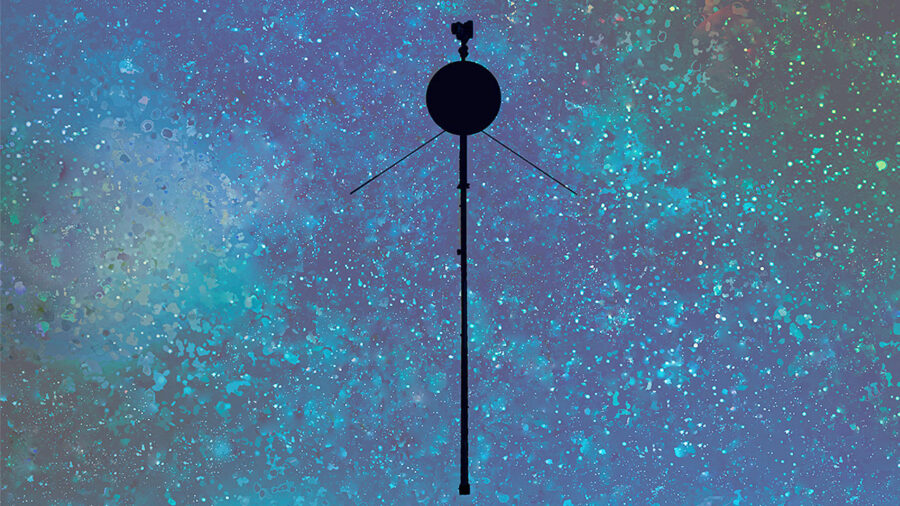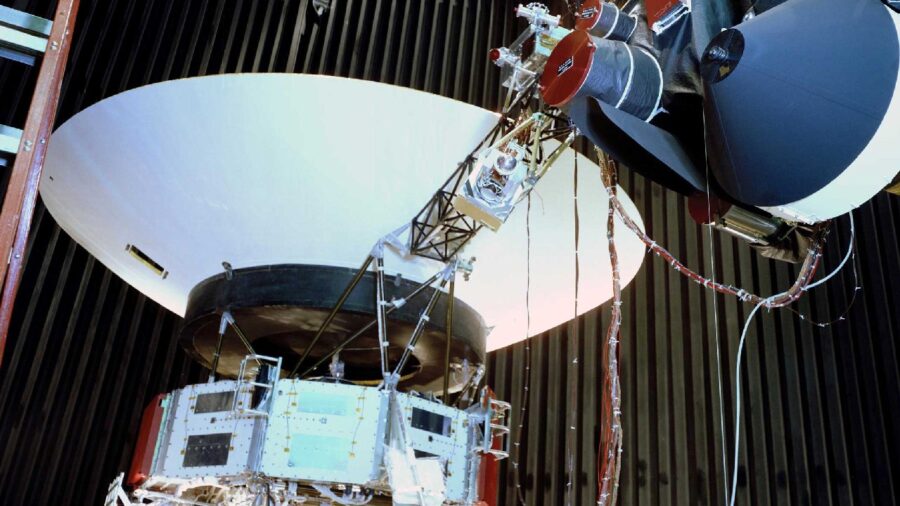Voyager 1 Sends Signal To Earth In Amazing Transmitter Recovery

In an amazing recovery, Voyager 1 phoned home using its backup radio for the first time since 1981. The interstellar craft went into a power-saving protective mode on October 16, following a command from NASA’s Deep Space Network to turn on one of its heaters. When Voyager didn’t respond, measures were taken to salvage communication with one of only two spacecraft to breach our solar system and explore space beyond our home system.
Lost Contact With Voyager-1
The Voyager mission’s flight team was alerted to the problem when the signal they sent through NASA’s system of deep space antennas failed to yield the desired result from Voyager. At first, the team feared that they had lost contact with the research vessel, but they discovered that Voyager had switched on its lower-powered S-band radio. The primary, X-band radio seems to have automatically shut off as a part of Voyager’s fault protection system it uses to prevent power supply issues.
Once communication was restored, scientists began attempting to determine the cause for Voyager 1’s switch. Once they realized that the X-band radio was causing Voyager 1 to trigger its fault protection system, the flight team was hesitant to send a signal to it using that radio for fear that it could damage the craft. The S-band radio isn’t as powerful as the X-band primary radio, but the team was able to send a command via the backup for now.
Voyager-1 Could Be Damaged

In the run-up to the cut-off of the primary radio aboard Voyager 1, it is believed that the fault protection system was triggered twice. Although it is believed that Voyager 1 has more than sufficient power to use its X-band radio, the shutdown suggests that there could be damage to the craft. Over the next few weeks, researchers will delve into the data to try and find the source of the fault and restore Voyager 1 to full communication with Earth from interstellar space.
Voyager 1’s communication system had a separate problem earlier this year causing garbled nonsense to be transmitted instead of translatable data. The glitch was caused by a corrupted section of the Voyager 1 control computer, and the flight team was able to engineer an incredible workaround to salvage Voyager 1’s computer remotely, restoring communication with the vessel. The fix took engineers several days to complete, as the delay in signal between Voyager 1 and Earth was almost two full days.
Decades Exploring Deep Space
Both Voyager 1 and 2 were launched from Earth in 1977, and they reached interstellar space with Voyager 1 leaving our solar system first in 2012 and Voyager 2 following closely behind in 2016. The two craft are the only ones ever to be sent beyond the confines of our solar system and are still collecting valuable data 43 years after their launch. The Voyager interstellar mission remains humanity’s only communication device in interstellar space, sending data back to Earth from more than 15 million miles away.
Although Voyager is still an important mission for interstellar research, its advanced age is beginning to cause signs of wear. Space is an unforgiving environment, and Voyager 1 has been out there for 43 years. While communication issues have been a repeated problem for the flight team, hopes are that the craft will continue to transmit, giving humanity insight into the vast, cosmic environment in which our tiny galaxy resides.














Login with Google